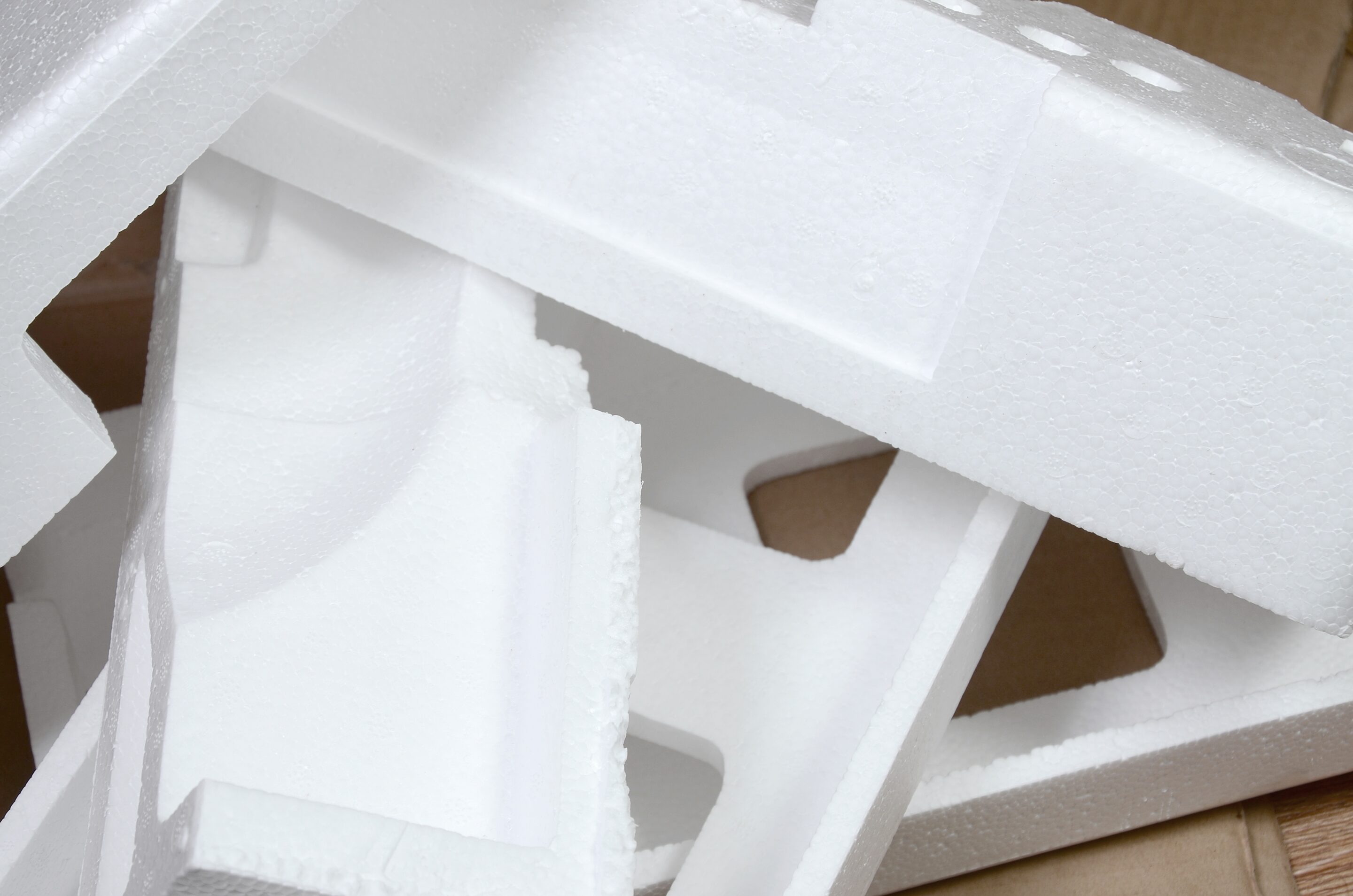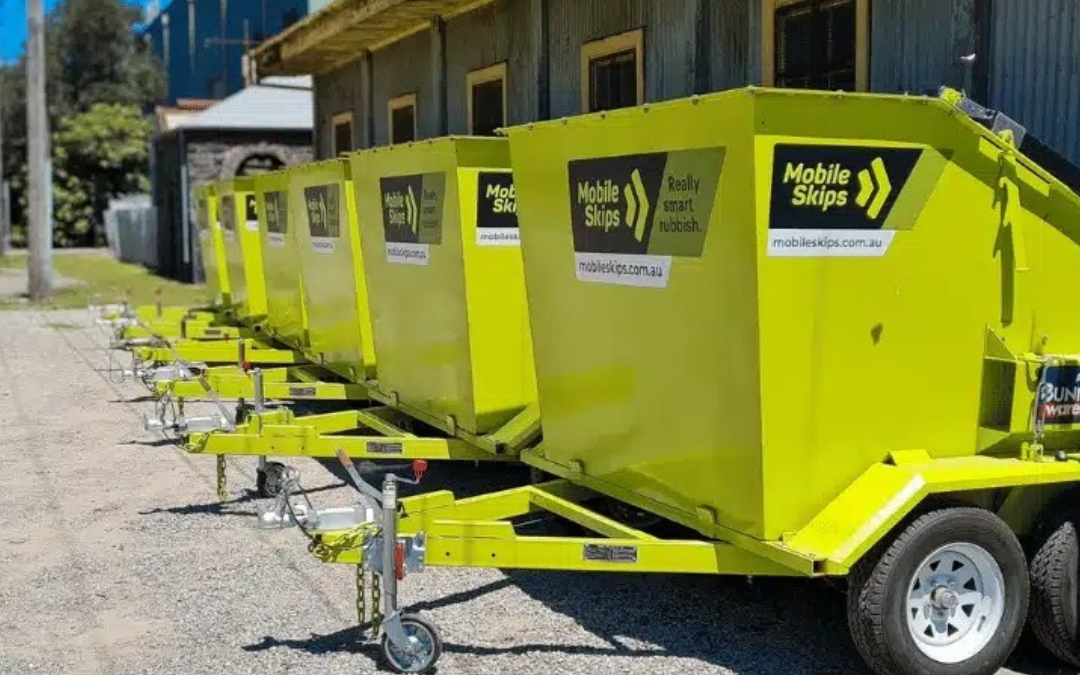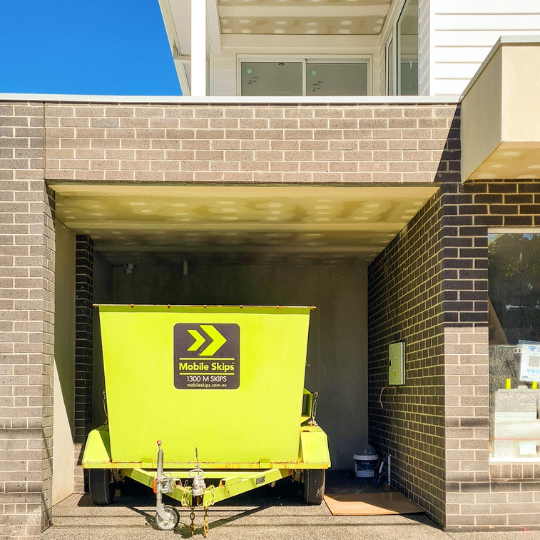In our fast-paced, convenience-driven world, styrofoam—that lightweight, white wonder—has nestled itself into the fabric of our daily lives. From takeout containers to packing peanuts, it seems almost omnipresent. But beneath its versatile façade lies a pressing environmental dilemma. Can we recycle styrofoam? Is styrofoam recycling at all? Let’s dive deep into the intricacies of styrofoam recycling, exploring what we can do to make responsible choices for our planet.
What is Styrofoam?
Styrofoam, technically known as expanded polystyrene (EPS), is a polymer used extensively in a variety of applications. Its common uses include:
- Packaging material for fragile items
- Food containers for take-out meals
- Insulation in buildings
However, as the popularity of styrofoam has surged, so too have concerns about its environmental impact. Styrofoam is notorious for its slow decomposition rate—taking hundreds of years to break down in landfills—making it crucial to address its disposal.
Understanding Styrofoam Recycling
Can Styrofoam Be Recycled?
The short answer: yes, but it’s complicated. Styrofoam can technically be recycled, though many curbside recycling programs do not accept it. This is largely due to:
- Low market demand for recycled EPS
- The high cost of transporting and processing styrofoam compared to producing new material
So, while recycling styrofoam is possible, it often requires a bit more effort on the part of the consumer.
The Challenges of Styrofoam Recycling
Understanding the challenges associated with styrofoam recycling is vital:
- Environmental Concerns: Styrofoam does not decompose easily and can contribute to significant pollution during its production and disposal.
- Economic Factors: The costs associated with recycling styrofoam often outweigh the benefits, leading to a lack of facilities willing to accept it.
How to Properly Dispose of Styrofoam
Local Recycling Options
Wondering what to do with your styrofoam waste? Start by finding local recycling facilities. Resources like Recycling Near You can help you locate drop-off centers in your area. Some councils in Australia have dedicated programs for recycling styrofoam, so it’s worth checking what’s available near you.
Alternative Disposal Methods
If recycling isn’t an option, consider these alternative methods:
- Upcycling Ideas: Styrofoam can be creatively reused—think planters, art projects, or even insulation for your DIY home projects.
- Landfill Considerations: In some cases, sending styrofoam to landfill may be the only viable option. However, this should be a last resort.
How Mobile Skips Can Help
At Mobile Skips, we understand the importance of proper waste disposal. Our skip bin services are designed to help Australian household owners and renters manage their waste responsibly, including styrofoam and other recyclables. With our easy-to-use services, you can ensure that your waste is disposed of in an environmentally friendly manner.
Explore our services today and take the first step towards responsible waste management.
Conclusion
Understanding the complexities of styrofoam recycling is essential as we strive to make informed choices about waste disposal. While recycling may pose challenges, your efforts can make a difference. Get involved in local recycling initiatives, and let’s work together to reduce our environmental footprint.
FAQs
1. What types of styrofoam are recyclable?
Typically, clean, dry EPS materials such as food containers and packaging are recyclable. However, always check with your local recycling facility for specific guidelines.
2. How can I tell if my local council accepts styrofoam for recycling?
Consult your local council’s waste management website or use resources like Recycling Near You for detailed information.
3. Are there any alternatives to using styrofoam?
Yes! Consider biodegradable materials, reusable containers, or even compostable options as eco-friendly alternatives.
4. What happens to styrofoam that is disposed of improperly?
Improperly disposed styrofoam can end up in landfills or, worse, in our oceans, contributing to pollution and harming wildlife.






